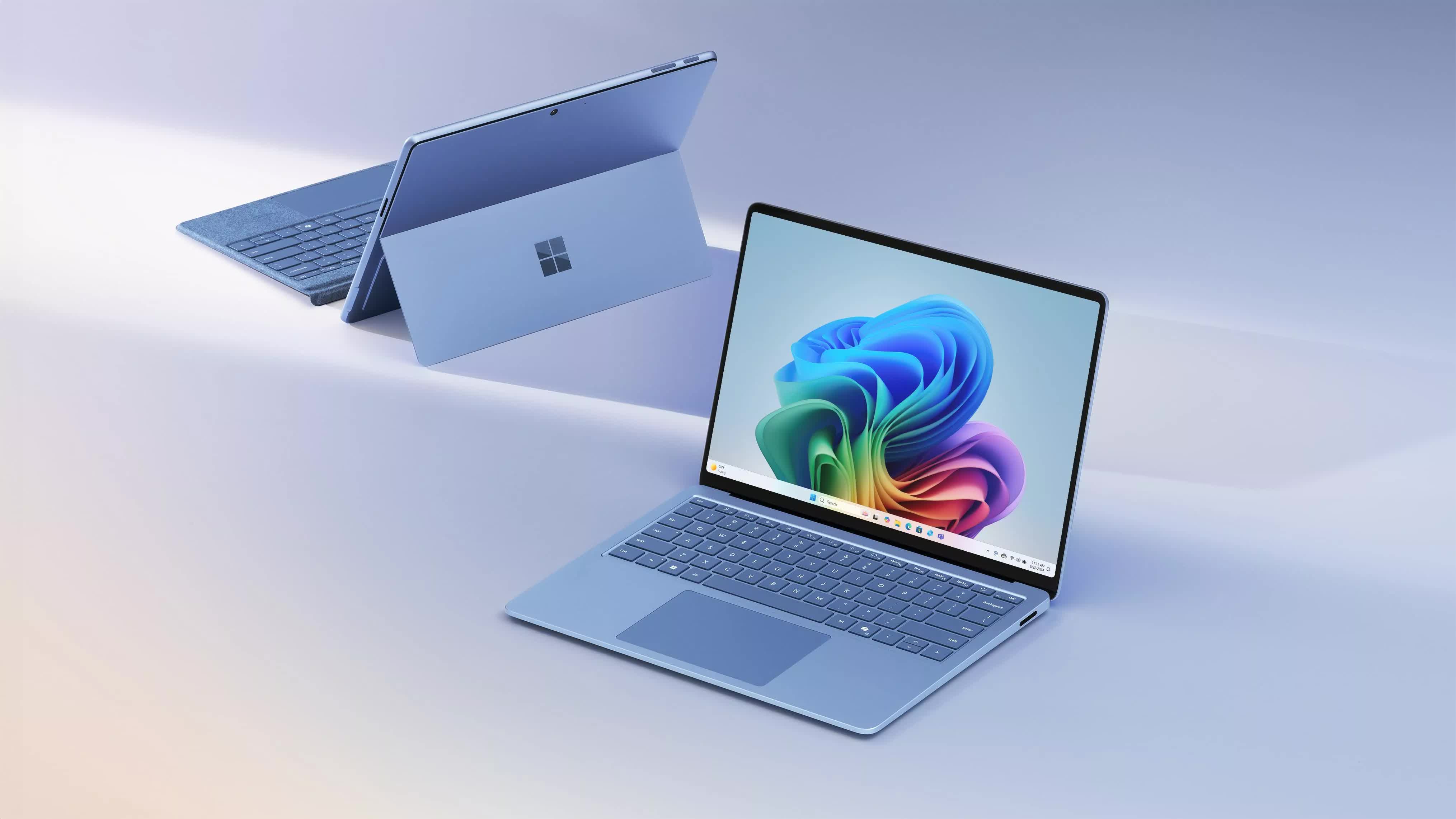In a nutshell: Despite the Windows Subsystem for Android coming preinstalled on premium devices like the Surface Pro 11 and Surface Laptop 7, which sport Qualcomm's flagship Snapdragon X chips, it doesn't actually work. However, Microsoft's apparent indifference towards resolving this issue hasn't deterred one determined developer from crafting his own solution.
Jeremy Sinclair, a Windows developer and Snapdragon Insider, has come up with a crafty workaround to get WSA up and running on the new Snapdragon X Elite and X Plus silicon. And yes, that includes getting Android apps humming along nicely on those slick new Surface devices.
Microsoft said it planned to deprecate WSA, the bridge that allows Android apps and games to run on Windows 11, on March 5, 2025. That should mean there's still nearly a year to go, but the company has seemingly thrown in the towel early for the latest Snapdragon hardware. Likely due to architecture differences, WSA simply refuses to boot on Armv8 chips like the X Elite and X Plus processors.
While Microsoft is aware of the issue, they admitted to XDA Developers they have no intention of issuing a fix now. That's where Sinclair and other community tinkerers have stepped in. By modifying some under-the-hood components, Sinclair has crafted custom WSA images that can sidestep the Arm v8 limitation.
Sinclair has already shared his handiwork with fellow Snapdragon Insiders to get some wider testing underway. He acknowledged that while there were a few bugs present, as expected, the modified images were generally working successfully.
Hooked a few #SnapdragonInsiders up with the modified images to make WSA function on the #SnapdragonXSeries while I work on the full steps. And so far so good! A few bugs as expected, but overall it's working. I'm going to get some more testing in before I put everyone else on
– Jeremy Sinclair #ฺNET (@sinclairinat0r) July 22, 2024
Getting this unofficial solution up and running isn't as simple as downloading an app. From the steps listed by XDA, it's easy to tell that the process involves modifying protected system files and directories, which could cause problems if not done carefully.
If you'd rather not risk muddying up your shiny new laptop's internals, third-party Android emulators like BlueStacks could be another option to get your Android app fix on Windows.
Despite its initial hype preceding Windows 11's debut, the Windows Subsystem for Android failed to sustain widespread interest after launching publicly in the US in early 2022. This underwhelming reception, coupled with Windows 11's reliance on the limited Amazon Appstore rather than Google Play, may have contributed to the feature's impending deprecation.
That's not to say Microsoft's done and dusted with the idea of bringing Android apps and games to Windows. In May, the company announced a new partnership with Tencent to bring a selection of Android apps from the Tencent App Store to the Microsoft Store.
